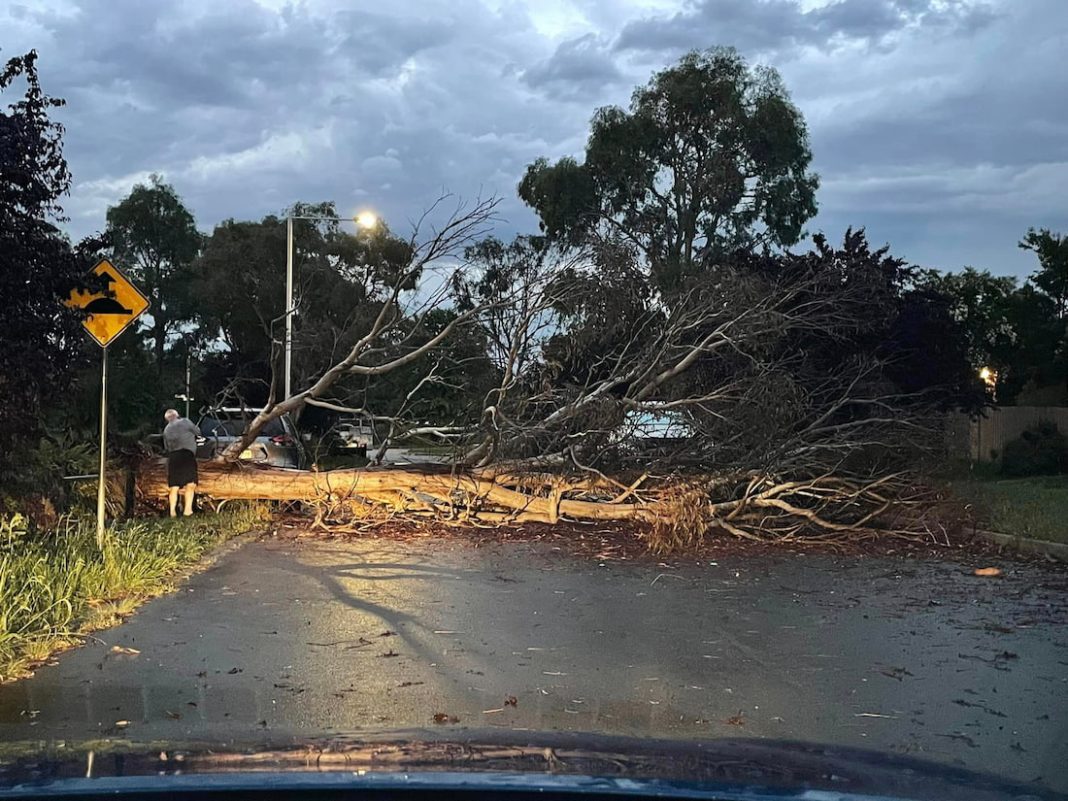The 2023-24 High-Risk Weather Season officially ended on Sunday 31 March.
Despite forecasts for above-average heat and fire risk, the ACT experienced a mild fire season due to heavier-than-expected rainfall and cooler temperatures brought on by El Niño, the Emergency Services Agency stated. However, this resulted in severe storms.
A storm on 8 December damaged homes and felled trees across northern and central Canberra suburbs, resulting in 1,077 requests for assistance to the ESA.
The High-Risk Weather Season followed the warmest May-October period on record. El Niño’s heat and lower rainfall caused bushfires in New South Wales during September and October, to which the ACT Rural Fire Service was deployed.
The ESA will prepare for emergencies throughout the year, and urges Canberrans to:
• Develop an Emergency Survival Plan: download your survival plan here;
• Stay informed about incidents and updates via the ESA website and social media;
• Participate in community preparedness events.
“Complacency can be costly. The best time to prepare for an emergency is before it happens,” said Mick Gentleman, ACT Minister for Fire and Emergency Services, said.
“By working together, we can continue to build resilience and ensure the safety and wellbeing of ACT communities in the face of any challenge.”
ESA will advise on prescribed burns in the Canberra region.
As NSW furthers hazard reduction burns, Canberra residents may see some smoke to the east.



